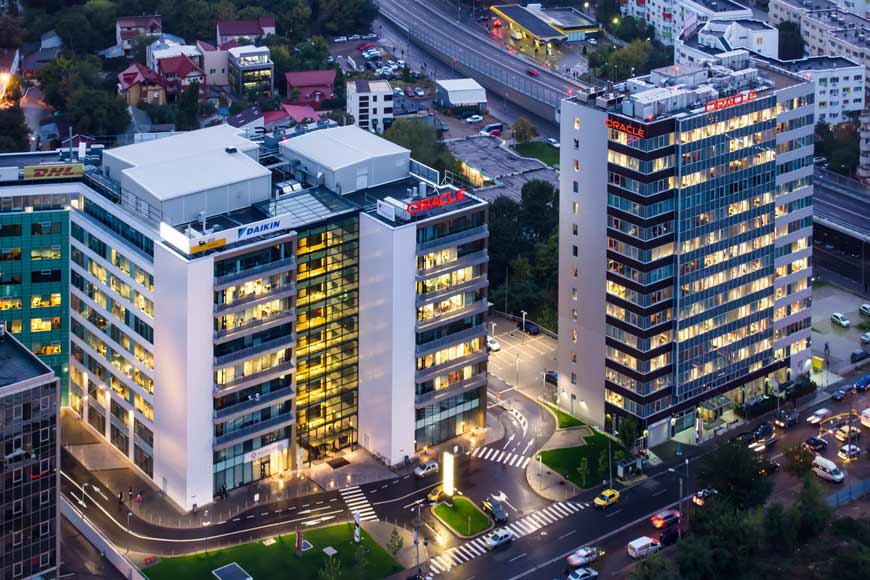Whether we are talking about buying land, apartments or houses as an investment or for personal use, about industrial and office building or simply about prices, Bucharest’s real estate market is a very dynamic one. The year 2016 made no exception, proving to be a very interesting one, during which the ascending trend continued and even accelerated despite a number of challenges and even some stagnation periods that manifested within some of the market’s segments. Here are some of the trends that became obvious during 2016:
The number of new home purchases is on the rise
A clear intensification of the building activity in the residential segment became visible especially in big cities of the country, especially Bucharest. However, there is a growing appetite for investment in mid-sized cities as well. The year 2016 was a very good one for the local residential market, despite the difficulties in the finance sector after approval of the law allowing people to give back to the bank the real estate property they purchased with a mortgage. Another challenge came in the form of limits to the First Home (Prima Casa) project.
Despite all this, the year ended with a record number of homes completed among the recent years. The figures have even exceeded those recorded during the real estate boom of 2007 – 2008. Just for the sake of comparison, in 2008 the records mention about 11.000 of completed housing units, while some studies speak about 13.000 housing units completed in 2016, which means an impressive growth for what we could call a regular year.
At the end of the year, the sellers’ price expectations have reached an average of 1,138 euros per square meter, which is an increase of about 6.5% compared to 12 months ago, when the price per square meter stood at 1,069 euros. During this time, the biggest jump in prices, of 9.8%, was recorded in the sector of new homes, which reached an average price of 1,175 euros per square meter (compared to 1,070 euro per square meter at the end of 2015). On the other hand, the situation in the old apartments sector is also on the rise, with prices going up by 5.7% from 1024 to 1082 euros per square meter.
As far as the distribution of demand according to price goes, the demand for apartments for up to 40,000 euro witnessed a descending trend, going from 16% in the last quarter of 2015 to 13% in the same period of 2016, while interest in homes with prices ranged from 40,000 to 60,000 euro had dropped from 29% to 27%. On the other hand, the share of interested buyers of residential units with prices ranging from 60,000 to 80,000 euros rose from 22% to 24%, while the segment with prices ranging from 80,000 to 100,000 euros reached 12%, compared to 11% during the previous year. Furthermore, the demand for more expensive properties of over 100,000 euro rose from 22% in 2015 to 24% in 2016.
More and more developers purchase land for future projects
Other signs that Bucharest’s real estate market began to grow, both in terms of construction and the acquisition comes from the old and big players of the market, the developers that have built during the financial crisis as well (such as, for instance, Onyx, Gran Via, etc.) which have gradually sold the properties built from 2014 until today, and now purchase new pieces of land in order to launch new projects.
Bucharest’s Office Real Estate Market
As Bucharest is the thriving heart of economic activity of the country, the real estate market segment of office spaces and office buildings continued its positive growth . While vacancy rates dropped significantly because of a consistent rise in demand, prices followed suit, being on a steady ascending trend. This trend is due to another tendency of the Romanian economy: more and more foreign companies either decide to open a branch in Bucharest or outsource part of their activities to Romanian companies, especially if we are talking about IT and telecommunications. This not only contributes to the increase in demand for office space, but also help rising the standards in this segment.



